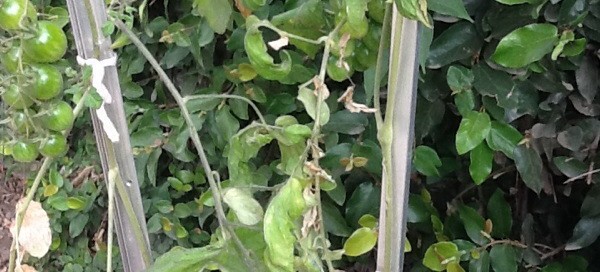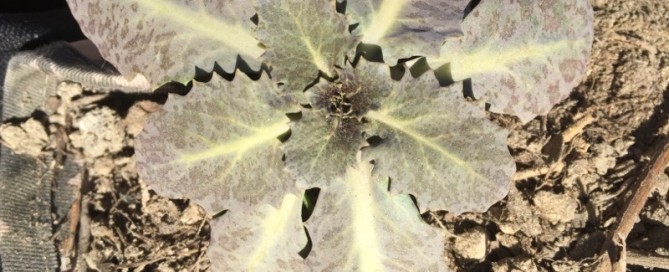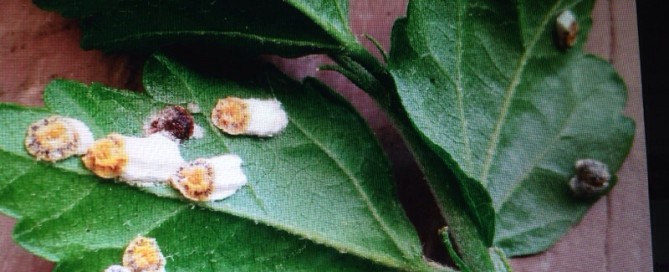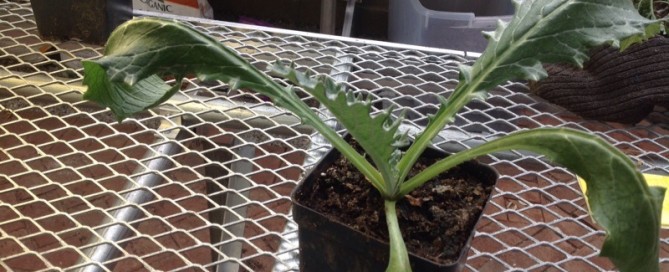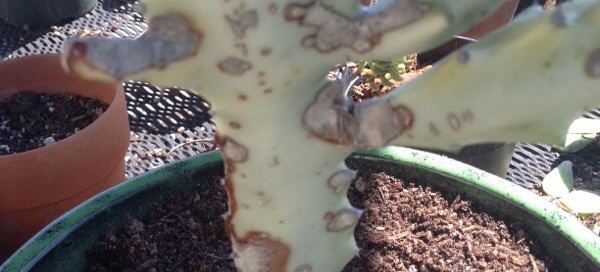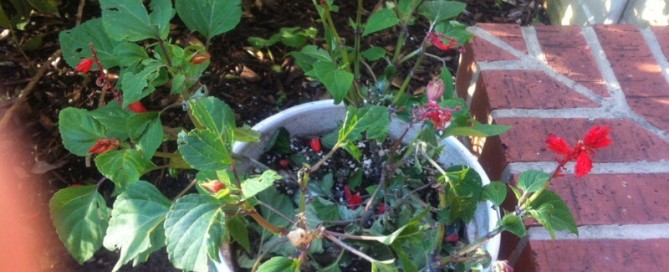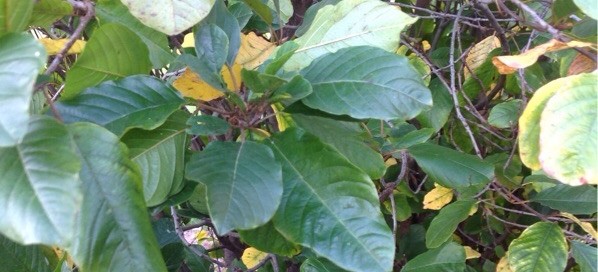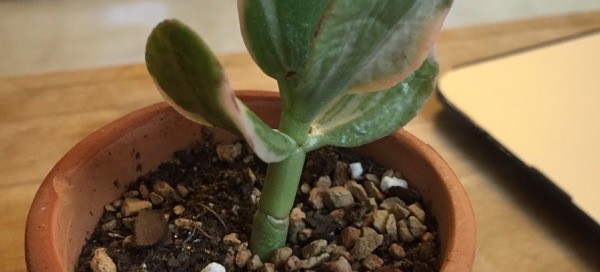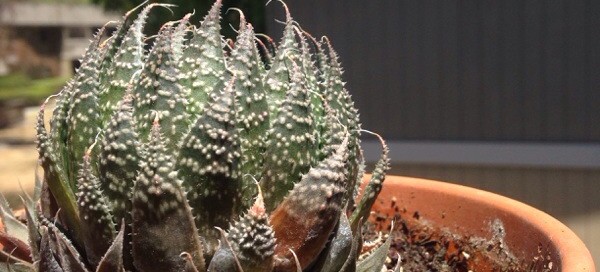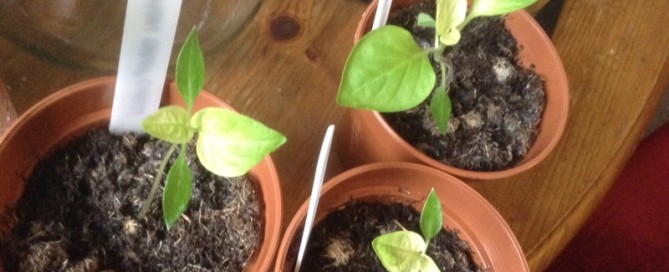Pestsdisease Of Tomato
Its hard to say from the photo what the issues are, but the plant appears to have have more than one issue. We can see what looks like insect damage from Leaf Miner, but they don't cause any damage other than the "mining trails" you see on the leaves, and they wouldn't account for the white dots you mention. The plant appears to be "stretched out" with weak stems and few leaves. This is typically caused by a lack of sunlight. Is it in full sun? In the picture it appears to be right next to a hedge row or tall plant, which would indicate they may be shaded some part of the day. Tomatoes need at 6-8 hrs of direct sun every day. Is the plant getting fertilized? Its important to fertilize tomato plants as they begin to flower and set fruit. If the plant is growing in a pot, is it getting enough water? Tomatoes can grow very extensive root systems and fill out pots very quickly, so they require more frequent water under those circumstances. All of these things, taken together, could be causing abnormal growth and development. As for the white dots, its impossible to say without seeing them. We've included a link all about tomatoes that may be helpful (its from the University of California, but tomatoes are tomatoes so it should be useful to you.
http://www.ipm.ucdavis.edu/PMG/GARDEN/VEGES/tomato.html
